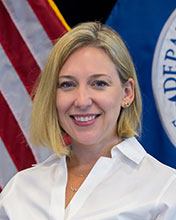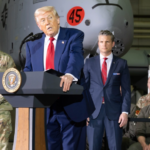
Building on the lessons learned from its response to the global WannaCry ransomware attack carried out by North Korea in May, the Department of Homeland Security (DHS) is examining sustainable ways to enhance how it works with the private sector to prevent, respond to, and recover from cyber security incidents.The department is looking to potentially create formal mechanisms of collaboration with the private sector that go beyond the real-time sharing of cyber threat indicators, which is being done through the…

 By
By 











